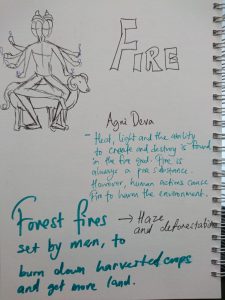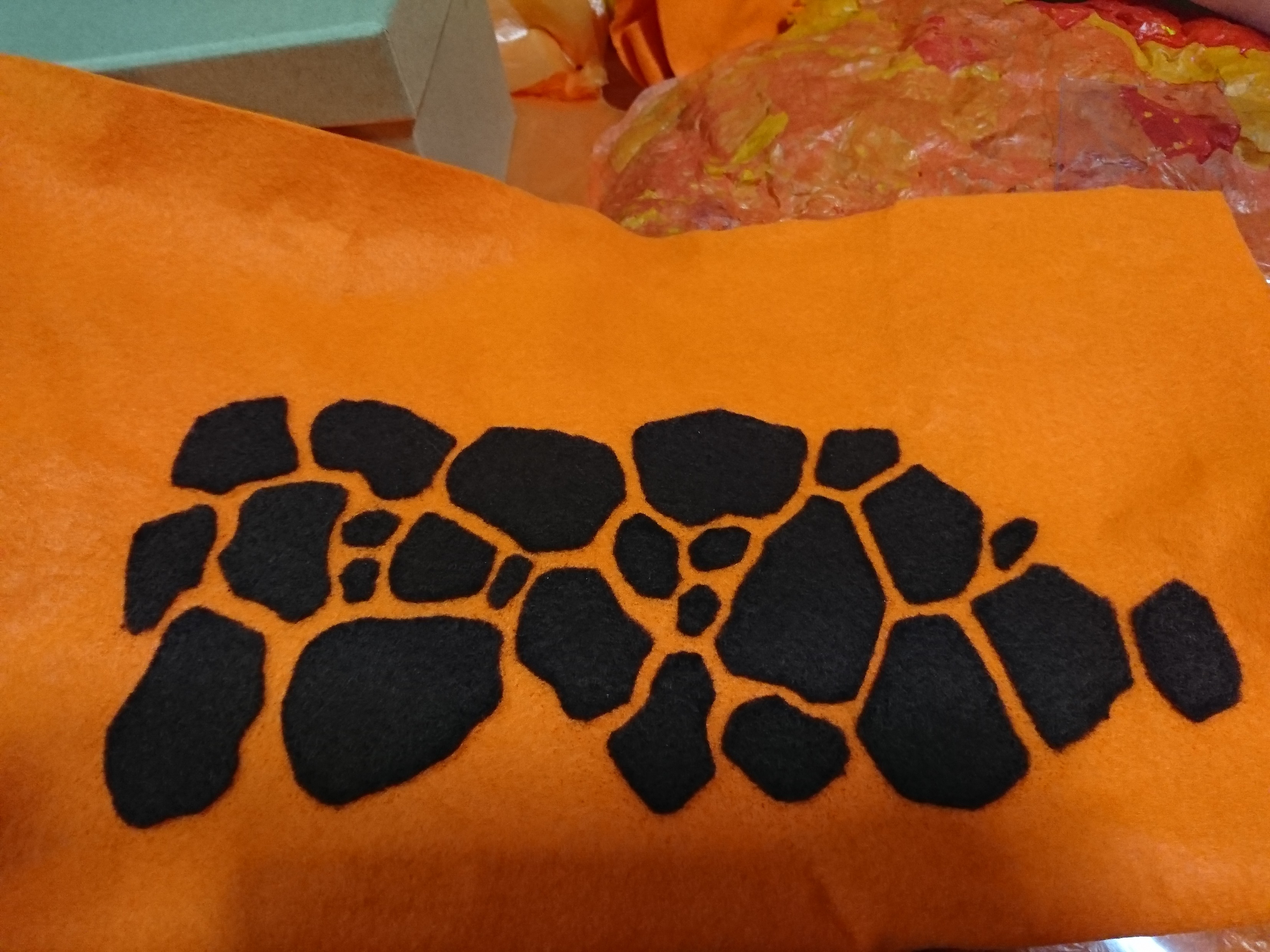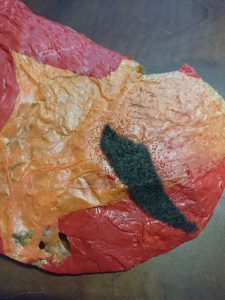
A Pilgrimage to the Singapore River, 2018.
A Pilgrimage to the Singapore River, makes use of a fictional narrative created for the purpose of addressing matters in relation to the Singapore River. The Singapore River and its surrounding has seen a great change ever since the massive cleanup that was done in 1977. However, there are other aspects of the river that has been overlooked, amidst the modernisation of its surrounding.
Creating a fictional character called the Singapore River Goddess (Malay: Dewi Sungai Singapura), the fictional narrative considers the merlion to be a creature which resided in the Singapore River and served as the vehicle of the mythical Goddess. At present, not only is the merlion extinct, but the Singapore River itself appears to be a sterile dam, instead of being a water body flourishing with flora and fauna. The ecosystem of the Singapore River is re-imagined as a mangrove swamp and having marshes where saltwater and freshwater species meet. Apart from being a commentary on this, the project aims to be a start point in exploring the idea of demarcating a place in nature as sacred, in urban Singapore. The worship of nature plays a big role in Asian traditions and this project uses that to see how Singaporeans would possibly respond to the deification of the Singapore River.
In making this project, I studied Artists whom have done similar works as well. Especially with regards to the study of the Singapore River. I also studied the way Singapore River could have been, as suggested by Dr Shawn Lum. This led me to looking up at the Kranji Marshes, which may suggest how the Singapore River would have been if it was untouched.

Basia Irland

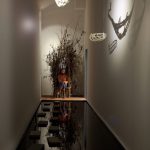
Not only was the class lucky to have met Basia Irland, thanks to Prof Meridel, but she directly inspired me in my continued interest in identifying spirituality in ecology.
Irland writes from the perspective of the Rivers. She gives them life and persona through her words. Apart from that, she interacts with them through art by making the ice books, for example, that melts and releases plants that are native to the River’s surrounding, and as such helping the River get into a process of re-establishing its original nature, which the seeds are said to help in the process of sprouting.
In line with my previous project of depicting the river goddesses, I felt reassured that I can depict a goddess for my final project as well, as Irland does by giving the Rivers life by speaking from their perspective. That is as though the river is a divine being that came to life.
Debbie Ding

Debbie Ding has done a Project on the Singapore River, specifically with regards to Pulau Saigon, a little islet which is not there anymore. Her work, ‘The Library of Pulau Saigon’ inspired me to understand how objects that are part of a River can help us understand its history.
Zarina Muhammad

Zarina Muhammad’s practice includes the understanding of nature as a part of spirituality as well. She includes the idea of spirits, gods, goddesses, entities in the exploration of natural sites and this exploration into rituals have inspired me heavily in understanding nature as sacred and the need to demarcate a space to bring about attention and respect to the entity of nature.
Tan Zi Hao
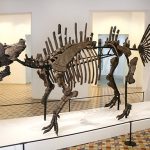

Tan Zi Hao does faux bones of mythical animals. This is a very interesting attempt to study the idea of what he calls, “myth of myths”. He is using fiction to drive at a point that is real. This heavily inspired me to bring in a fictional idea to enhance the narrative, in order to artistically express the point that I was trying to make for this project.
Meeting Marcus Ng at a multi site tour
Marcus Ng is a freelance writer, editor and curator interested in biodiversity, ethnobiology and the intersection between natural and human histories. His work includes the book Habitats in Harmony: The Story of Semakau Landfill (2009 and 2012), and two exhibitions at the National Museum of Singapore: “Balik Pulau: Stories from Singapore’s Islands” and “Danger and Desire”. Speaking with him about Sungei Bras Basah river which does not exist anymore due to land reclamation, I also got information of how the river was not only providing water for drinking, but supported many early shrines in Singapore on its banks, where the use of fresh water was needed.

We also saw the ‘Magic and Menace’ exhibition at Level 2, of Goh Seng Choo Gallery @National Museum, Singapore. This inspired me to see how documentation of previously found species in a place can be presented in a case study of an ecosystem.
William Farquhar

William Farquhar’s commissioned drawings of the natural history in Singapore gave me an idea as to how I could present my work of the natural species that were previously part of the Singapore River.










